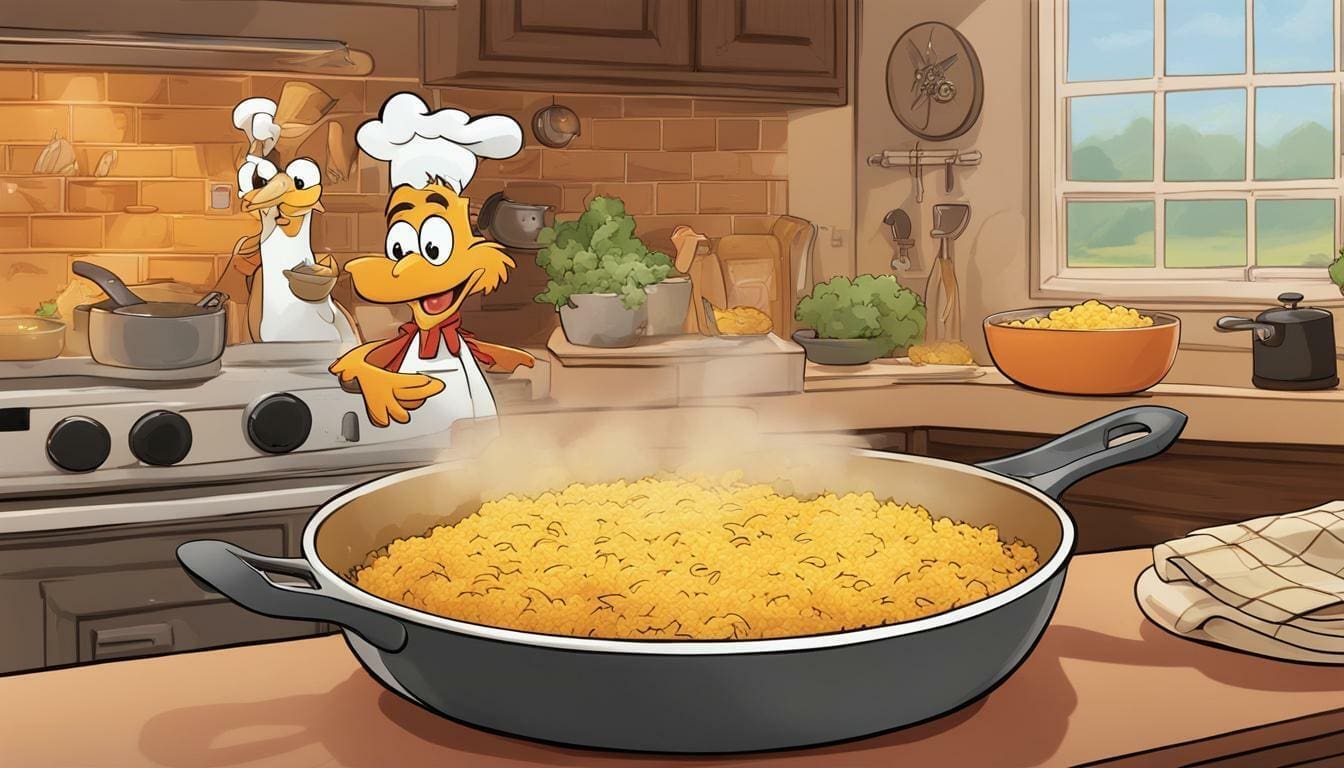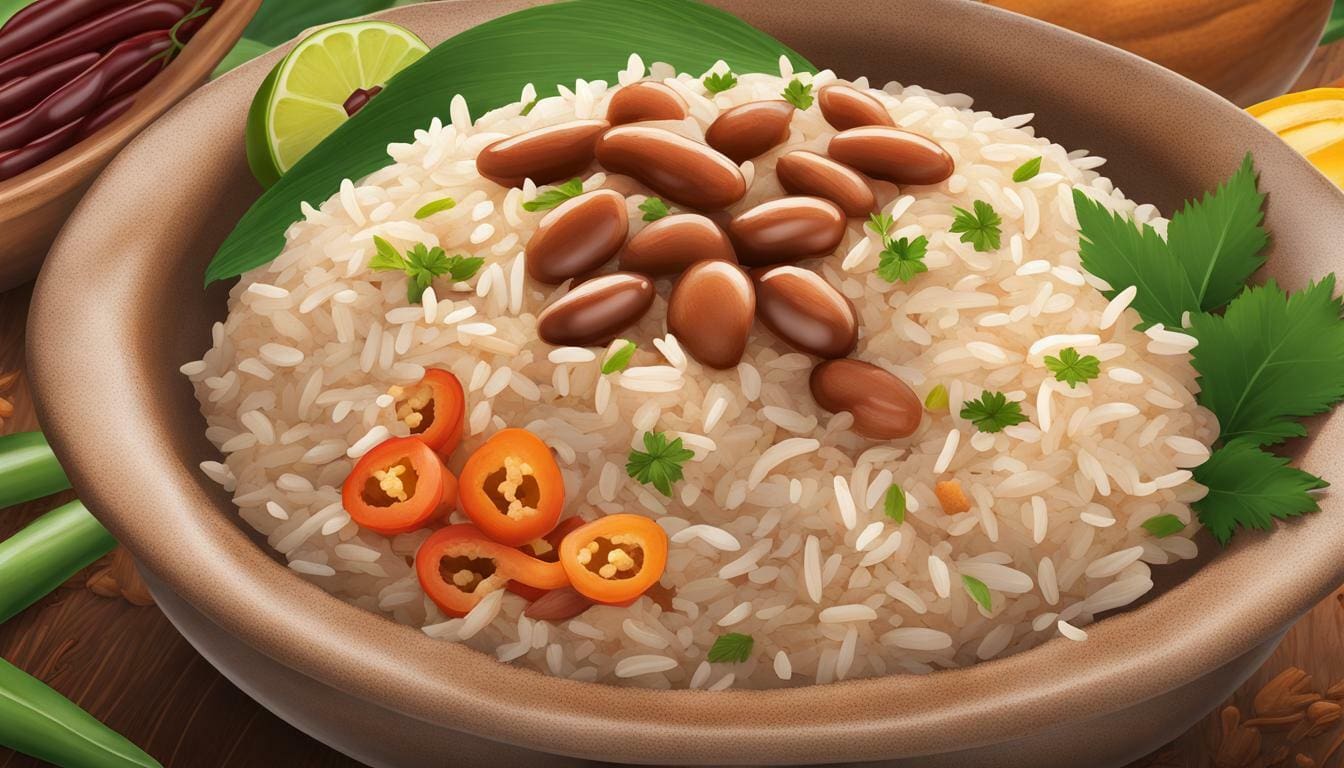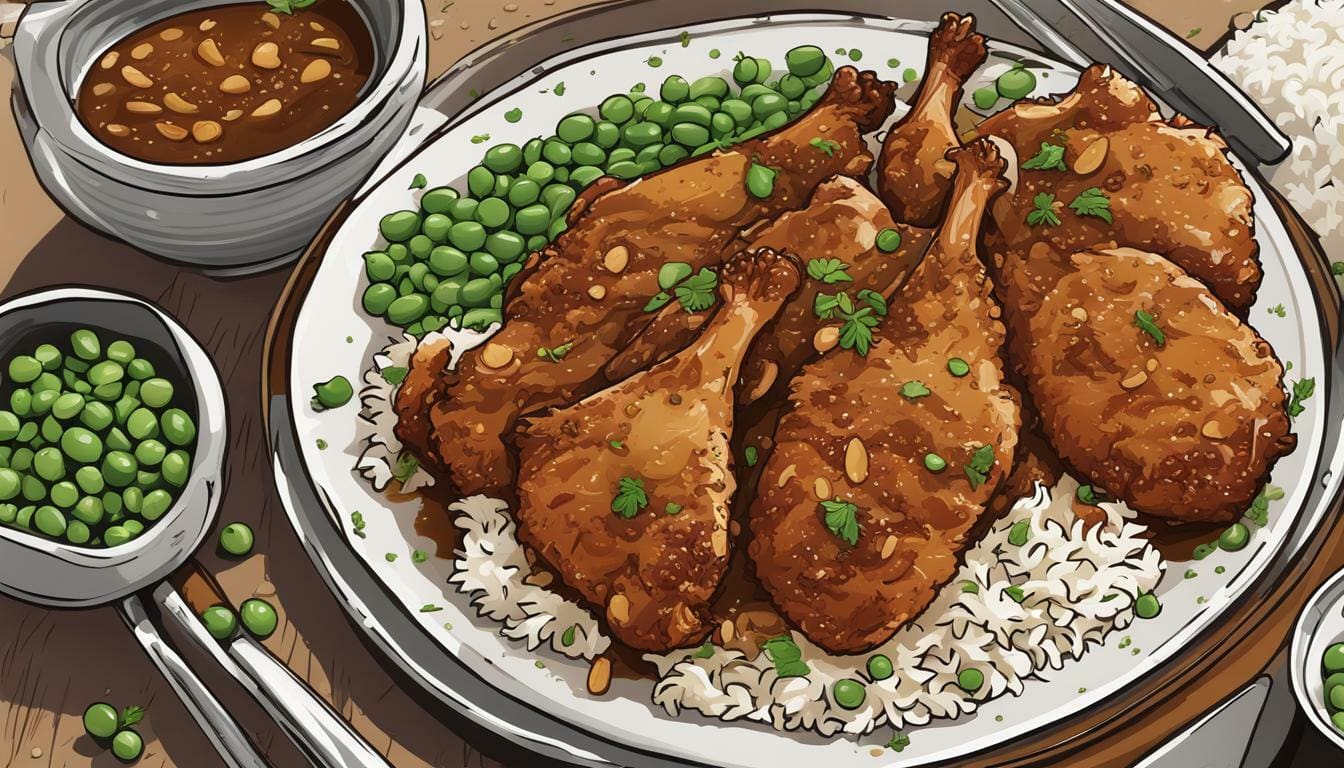Introduction
Paella rice is intended to be hard on the outside and soft on the inside, but it’s often the opposite. Since paella is traditionally cooked in a large pan, not only does this make it difficult to cook evenly all over, but it also makes it nearly impossible to get consistent results. A critical point that goes overlooked when making this dish is that you have to stir constantly as well as make sure that you are consistently cooking all over, so every piece of rice gets hot.
If you’ve ever made paella, you know that the rice can be a bit tricky. Sometimes it turns out perfectly fluffy, and other times it’s still a little crunchy. So what’s the secret to getting the perfect rice? In this blog post, we’ll discuss why your paella rice might still be challenging and how to fix it!
What Are Paella, And What Are The Different Types Of Rice Used For It?
Paella is a traditional Spanish dish that typically consists of various types of meat, seafood, and vegetables cooked in a mixture of olive oil and saffron. The rice’s coloring depends on the types of saffron you use. There are wide varieties with varying colors, but they all have the same essential qualities – fragrant, slightly sweet, and flavorful (a vital characteristic of paella).
There are so many varieties of rice used in paella, depending on the region of Spain you’re in. For instance, Valencia is known as one of the wealthiest parts of Spain when it comes to rice. This is a washed-rinsed variety (flour and starch free), which gives it a more delicate flavor and, consequently, the perfect consistency for paella.
On the contrary, the rice used in Cataluña is a highly aromatic variety with distinct qualities. This rice is fermented to remove the bran from the grain, leaving behind pure white rice with a slightly bitter aftertaste. It’s often used as a side dish to accompany some rich local dishes. Overall, paella rice is made from soft grains (similar to long grain Basmati), and it’s usually between 3–4mm in diameter.
The Most Common Mistakes People Make When Cooking Paella
1. Using Too Much Oil
The first thing you want to ensure when making paella is that you use enough oil. However, it’s not necessary to cover the entire bottom of the pan with oil for a large pan or for a dish where you will be cooking some vegetables. The picture below shows that the rice turns out evenly cooked and doesn’t separate from the oil and other ingredients on top.
2. Not Cooking Paella Rice Uniformly
To get consistent results when cooking paella, it’s important to cook all of your ingredients uniformly without any fat or water (to prevent sticking). Combining the rice with other ingredients and turning the heat high will most likely burn.
3. Not Stirring Enough
The secret to getting fluffy rice that’s not too crunchy is often stirring so each piece of rice can heat evenly and cook uniformly (you don’t want to leave any of your ingredients on the bottom of the pan). Doing this prevents hot spots that can result in parts of your paella burning while other parts are undercooked.
4. Not Using a Taller Pan
When making paella, you want to use a taller pan than you typically use for cooking rice. This allows maximum exposure of the water (or broth) to the bottom of the pan, so you can get maximum flavor absorption.
You must follow these tips to get perfect results whenever you cook paella. In addition, it’s also crucial to use a pan with a broad base that is appropriate for cooking items on top of the stove and then in the oven. This will help prevent burning and give you soft center rice every time.
5. Not Letting It Rest Before Serving
When making paella, it’s essential to let it rest, so the rice grains have time to cool down and absorb their respective liquids.
How To Fix A Hard Or Undercooked Paella Rice Dish
There are many ways to fix a paella rice dish that’s not meeting your standards. Here are just a few:
1. You can add more broth or water and let the dish cook for longer (primarily on low heat). This will ensure that your rice absorbs all of the liquid and all of the flavors.
2. If your paella has too much oil, you can drain it out, add water to that same oil and sauté until all of the excess oil is gone (and then use this as a broth when you cook your rice).
3. You can also cook your rice on the stove, drain it, and use it as a broth when you cook your paella. Even with this method, you’ll want to monitor the rice on low heat, so it doesn’t burn.
4. You can also add some water to the rice and let it steam for about 20 minutes until the excess oil is gone (this will soften up your rice).
5. You can also add enough fresh chicken or beef stock to make up for any of the lost liquids (this will help prevent your paella rice dish from sticking).
Delicious Recipes For Paella That Will Amaze Your Friends And Family!
If you want to make a delicious paella dish, here are some recipes to meet your expectations. We’ve also included links to the different ingredients and cooking tools you’ll need to make these recipes!
1. Paella De Pollo
This recipe is made with chicken and rice. The chicken will give you a good balance of flavors and texture, and the rice will add an excellent chewy quality.
2. Paella De Mariscos
This paella is filled with all types of fresh shellfish! This can be adjusted to your liking to make it as straightforward or complicated as you want.
3. Paella Valenciana
This is a delicious paella dish that’s perfect for those who enjoy getting a variety of flavors in the same dish. It’s a traditional dish that contains rabbit, sausage, chicken, and pork. This dish also has many different herbs (sage, rosemary, marjoram, thyme) and many spices (pepper, cumin).
4. Paella De Verduras
If you love vegetables as much as we do, this recipe is for you! This paella is filled with yummy veggies, including baby peas and artichokes!
Conclusion
Paella is a delicious dish that anyone can enjoy. It’s easy to remember some of the basic steps, and many of the recipes are healthy. If you want to enjoy authentic paella, it’s important to remember the basics: chicken and seafood, with shellfish being preferred.


